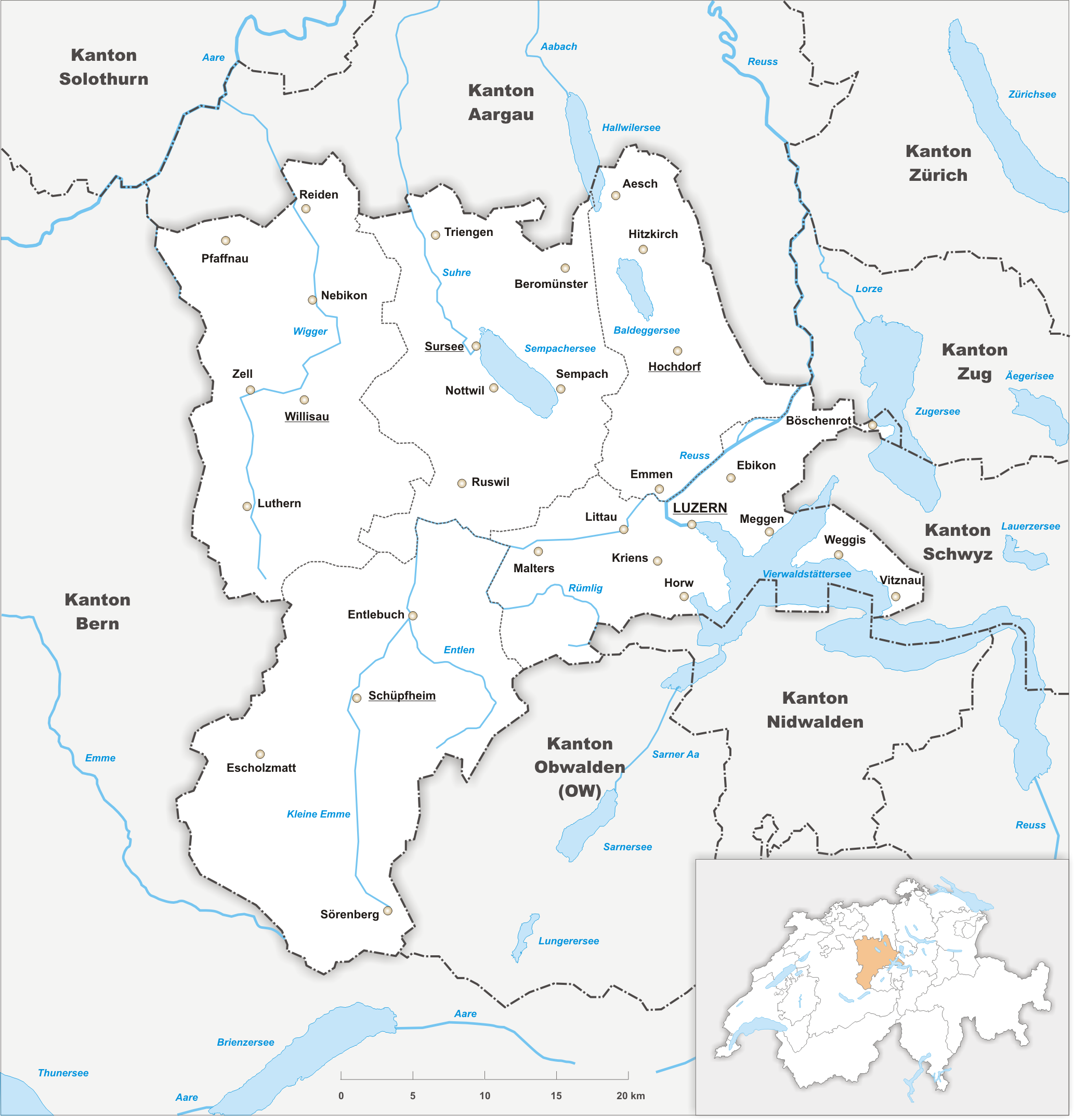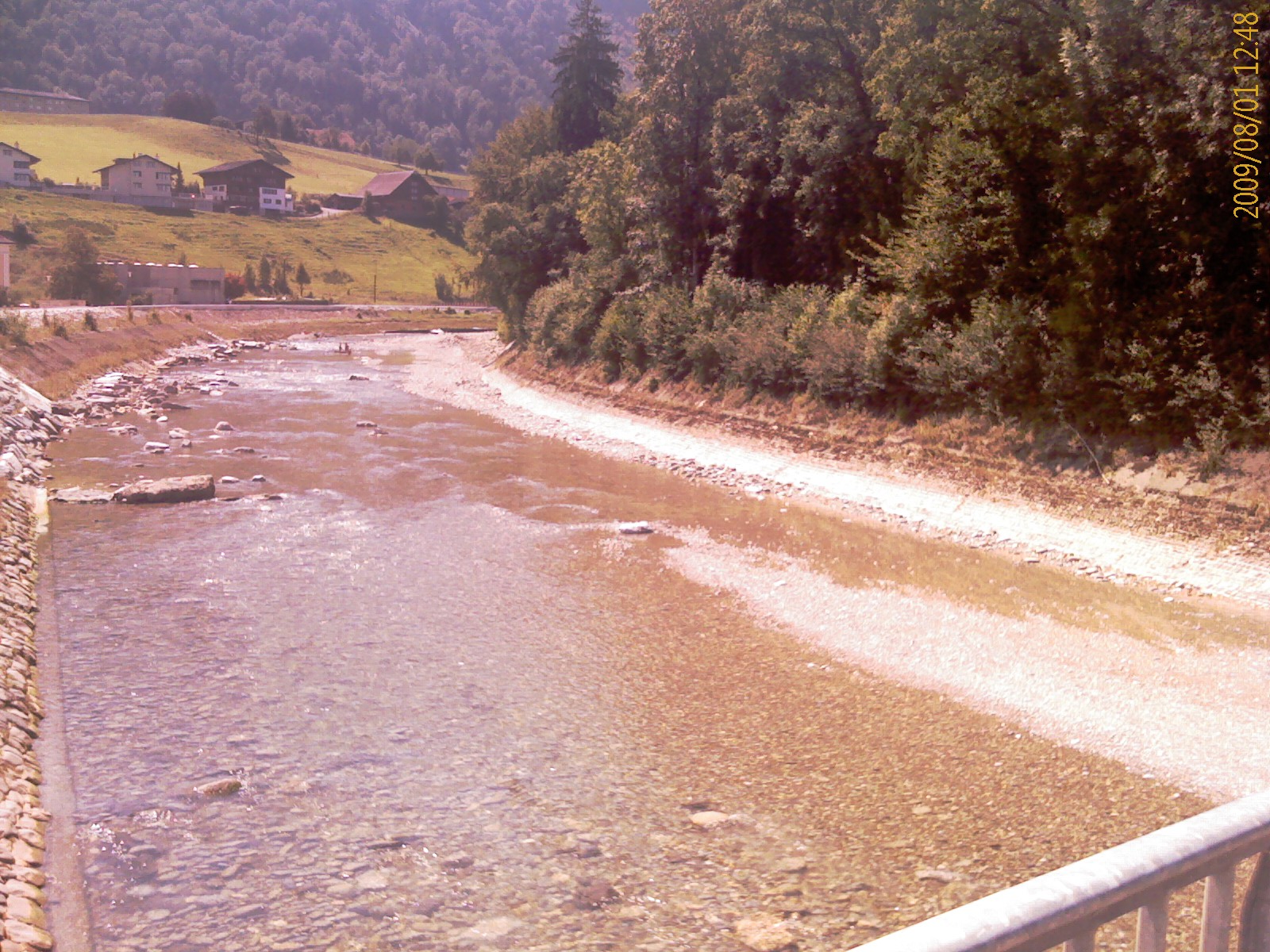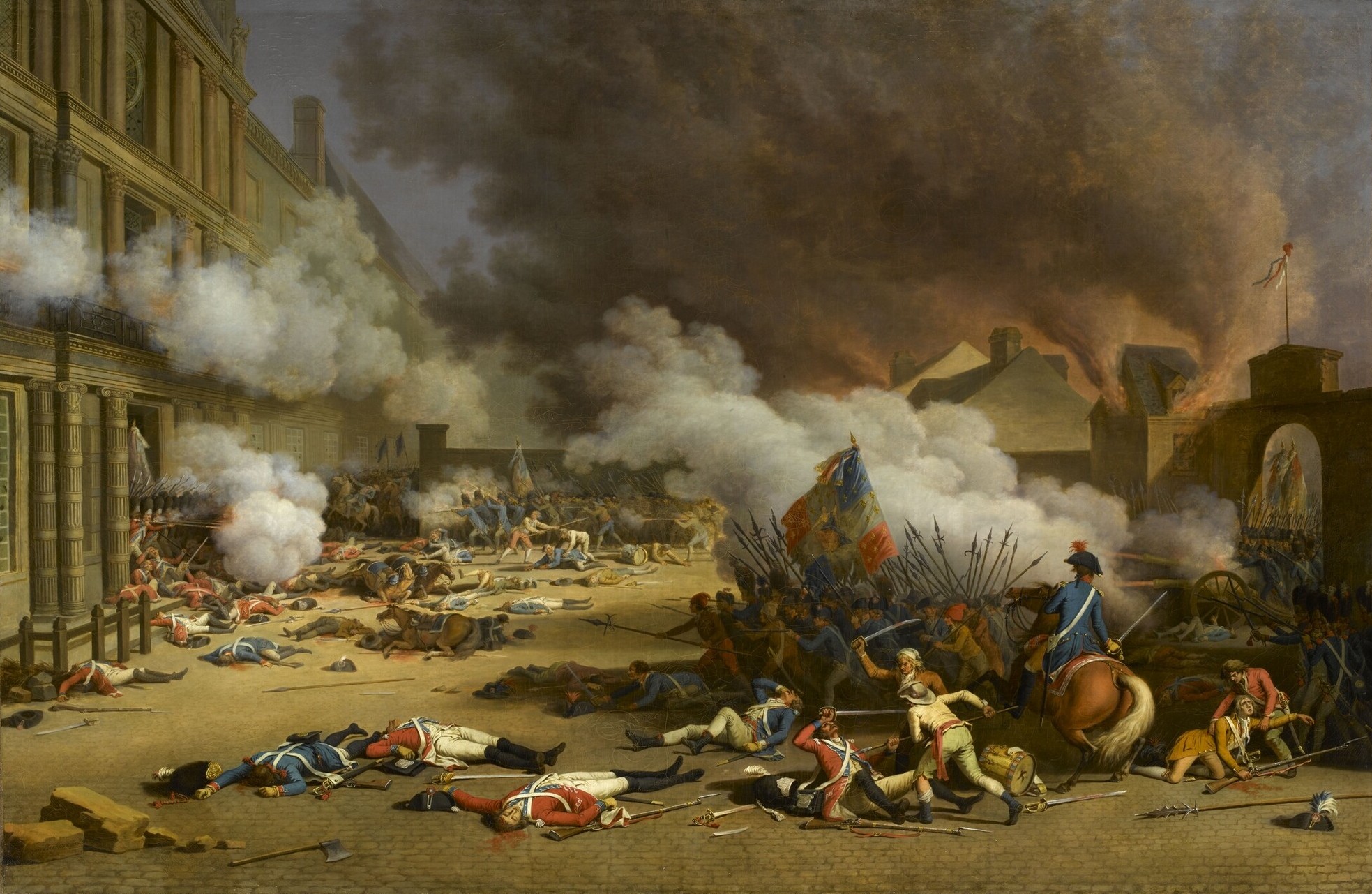|
Luzern
Lucerne ( ) or Luzern ()Other languages: ; ; ; . is a city in central Switzerland, in the Languages of Switzerland, German-speaking portion of the country. Lucerne is the capital of the canton of Lucerne and part of the Lucerne (district), district of the same name. With a population of approximately 82,000 people, Lucerne is List of cities in Switzerland, the most populous city in Central Switzerland, and a nexus of economics, transport, culture, and media in the region. The city's urban area consists of 19 municipalities and towns with an overall population of about 220,000 people. Owing to its location on the shores of Lake Lucerne () and its outflow, the river Reuss (river), Reuss, within sight of the mounts Pilatus (mountain), Pilatus and Rigi in the Swiss Alps, Lucerne has long been a destination for tourists. One of the city's landmarks is the Chapel Bridge (), a wooden bridge first erected in the 14th century. The official language of Lucerne is German language, Germ ... [...More Info...] [...Related Items...] OR: [Wikipedia] [Google] [Baidu] |
Canton Of Lucerne
The canton of Lucerne ( ; ; ; ) is a Cantons of Switzerland, canton of Switzerland. It is located in the country's central, German-speaking Switzerland, German-speaking part. The population of the canton (as of ) is . , the population included 57,268 foreigners, or about 15.8% of the total population. The cantonal capital is the city of Lucerne. History The canton of Lucerne comprises territories acquired by its capital Lucerne, either by treaty, armed occupation or purchase. The first town acquired was Weggis (in 1380), Rothenburg, Switzerland, Rothenburg, Kriens, Horw, Sempach and Hochdorf, Lucerne, Hochdorf (all in 1394), Wolhusen and Entlebuch (1405), the so-called "Habsburger region" to the northeast of the town of Lucerne (1406), Willisau (1407), Sursee and Beromünster (1415), Malters (1477) and Littau (1481), while in 1803, in exchange for Hitzkirch, Merenschwand (held since 1397) was given up. Prehistory The oldest traces of humans in the Lucerne area are stone artifac ... [...More Info...] [...Related Items...] OR: [Wikipedia] [Google] [Baidu] |
Lake Lucerne
Lake Lucerne (, literally 'Lake of the four Waldstätte, forested settlements' (in English usually translated as ''forest cantons''), , ) is a lake in central Switzerland and the fourth largest in the country. Geography The lake has a complicated shape, with several sharp bends and four arms. It starts in the south–north bound Reuss (river), Reuss Valley between steep cliffs above the ''Urnersee'' from Flüelen towards Brunnen to the north before it makes a sharp bend to the west where it continues into the ''Gersauer Becken''. Here is also the deepest point of the lake with . Even further west of it is the ''Buochser Bucht'', but the lake sharply turns north again through the narrow opening between the ''Unter Nas'' (lower nose) of the Bürgenstock to the west and the ''Ober Nas'' (upper nose) of the Rigi to the east to reach the ''Vitznauer Bucht''. In front of Vitznau below the Rigi the lake turns sharply west again to reach the center of a four-arm cross, called the ''Ch ... [...More Info...] [...Related Items...] OR: [Wikipedia] [Google] [Baidu] |
Horw
Horw (; Swiss German: ''Horb'') is a municipality in the district of Lucerne in the canton of Lucerne in Switzerland. History Horw is first mentioned in 1231 as ''Horwe''. Geography Horw has an area of . Of this area, 32.6% is used for agricultural purposes, while 42.5% is forested. Of the rest of the land, 24.2% is settled (buildings or roads) and the remainder (0.7%) is non-productive (rivers, glaciers or mountains). , 42.42% of the total land area was forested. Of the agricultural land, 30.54% is used for farming or pastures, while 1.94% is used for orchards or vine crops. Of the settled areas, 14.61% is covered with buildings, 1.01% is industrial, 1.09% is classed as special developments, 1.79% is parks or greenbelts and 5.59% is transportation infrastructure. Of the unproductive areas, 0.39% is unproductive standing water (ponds or lakes), 0.08% is unproductive flowing water (rivers) and 0.54% is other unproductive land. The municipality is located on the outskirts ... [...More Info...] [...Related Items...] OR: [Wikipedia] [Google] [Baidu] |
Rotsee
__NOTOC__ The Rotsee (previously known as Rootsee) is a natural Rowing (sport), rowing lake on the northern edge of Lucerne, Switzerland. It is regarded as one of the best rowing venues in the world. Description and location The lake and its surrounding area is used for local recreation. All of the lake frontage is a protected area. The lake formed through glacial processes and it is thought that the river Reuss (river), Reuss flowed through this valley in between ice ages. There is no notable inflow and virtually no current. Nearby hills protect the lake from wind. It is long. These factors make it an ideal rowing venue and German-speaking rowers refer to it as ''Göttersee'', which translates as "lake of the gods". The expression was coined at the 1962 World Rowing Championships by a Japanese rowing official. The Zug–Lucerne railway is located north of the lake. The south side of the lake has residential land use. The Ron (river), Ron is a creek that is the lake's outflow; ... [...More Info...] [...Related Items...] OR: [Wikipedia] [Google] [Baidu] |
Kapellbrücke
The () is a covered wooden footbridge spanning the river Reuss (river), Reuss diagonally in the city of Lucerne in central Switzerland. Named after the nearby St. Peter's Chapel, the bridge is unique in containing a number of interior paintings dating back to the 17th century, although many of them were destroyed along with a larger part of the centuries-old bridge in a 1993 fire. Subsequently restored, the Kapellbrücke is the oldest wooden covered bridge in Europe, as well as the world's oldest surviving truss bridge. It serves as the city's symbol and as one of Tourism in Switzerland, Switzerland's main tourist attractions. History Part of the bridge complex is the octagonal tall (from ground) "Wasserturm", which translates to "water tower," in the sense of "tower standing in the water." The tower pre-dated the bridge by about 30 years. Over the centuries, the tower has been used as a prison, torture chamber, and later a municipal archive as well as a local treasury. Today ... [...More Info...] [...Related Items...] OR: [Wikipedia] [Google] [Baidu] |
Littau
Littau is a former municipality, and now part of the city of Lucerne, in the district of Lucerne in the canton of Lucerne in Switzerland. On 1 January 2010 the municipality of Littau merged into the municipality of Lucerne. History Littau is first mentioned in 1178 as ''Litowo''. On 1 January 2010, Littau has merged with the city (and municipality) of Lucerne. Art. 5 of the merger treaty states that the new municipality's name is to be "Luzern". Geography Littau has an area of . Of this area, 52.3% is used for agricultural purposes, while 21.1% is forested. Of the rest of the land, 24.8% is settled (buildings or roads) and the remainder (1.7%) is non-productive (rivers, glaciers or mountains). , 21.08% of the total land area was forested. Of the agricultural land, 49.17% is used for farming or pastures, while 3.16% is used for orchards or vine crops. Of the settled areas, 10.47% is covered with buildings, 4.29% is industrial, 1.96% is classed as special developments, 2.33% is ... [...More Info...] [...Related Items...] OR: [Wikipedia] [Google] [Baidu] |
Löwendenkmal
The ''Lion Monument'' (), or the ''Lion of Lucerne'', is a rock relief in Lucerne, Switzerland, designed by Bertel Thorvaldsen and hewn in 1820–21 by Lukas Ahorn. It commemorates the Swiss Guards who were killed in 1792 during the French Revolution, when revolutionaries stormed the Tuileries Palace in Paris. It is one of the most famous monuments in Switzerland, visited annually by about 1.4 million tourists. In 2006, it was placed under Swiss monument protection. American author Mark Twain praised the sculpture of a mortally wounded lion as "the most mournful and moving piece of stone in the world." Background From the early 17th century, a regiment of Swiss Guards had served as part of the Royal Household of France. On 6 October 1789, King Louis XVI had been forced to move with his family from the Palace of Versailles to the Tuileries Palace in Paris. In June 1791 he tried to flee to Montmédy near the frontier, where troops under royalist officers were concentrate ... [...More Info...] [...Related Items...] OR: [Wikipedia] [Google] [Baidu] |
Lucerne (district)
Lucerne District () is a former ''Amt'' (administrative district) of the Canton of Lucerne, Switzerland. It had a population of 176,710 (as of 2013) and consisted of 17 municipalities, of which the city of Lucerne is the largest and the district capital. On 1 January 2013 the Amt was divided into two Wahlkreis, Lucerne-Stadt and Lucerne-Land.Nomenklaturen – Amtliches Gemeindeverzeichnis der Schweiz accessed 9 February 2013 : 1992/97 survey gives a total area of without including certain large lakes, while the 2000 survey includes lakes and gives the higher value. : Includes the area of Littau which merged into |
Kriens
Kriens is a city and a municipality in the district of Lucerne in the canton of Lucerne in Switzerland. The municipality lies at the foot of the mountain Pilatus, and is a western suburb of Lucerne. History In the oldest documents of the Benedictine Monastery of Lucerne, ''Chrientes'' is specified as one of their 16 properties. ''Chrientes'' specified an area between Mt. Pilatus and the Lake of Lucerne. The monastery received the area as a present from two noble sisters. This document dates from about 840 AD. The Habsburgs acquired the municipality in 1291. It remained in their possession as part of the District of Rothenburg until the Battle of Sempach. The city of Lucerne took over in 1392. Kriens, along with Horw and Eigenthal, belonged to the Vogtei of Horw-Kriens from 1421 until 1798. In 1653 the local peasants revolted under the leadership of Hans Spengler. It was a part of the District of Lucerne until 1803, and has belonged to the Authority of Lucerne ever since. Geo ... [...More Info...] [...Related Items...] OR: [Wikipedia] [Google] [Baidu] |
Emmen, Switzerland
Emmen is a village and municipality in the district of Hochdorf in the canton of Lucerne in Switzerland. The municipality Emmen consists of the village Emmen, the town Emmenbrücke, and several hamlets. History Emmen is first mentioned in 840 as ''Emau'' in a document of King Lothair I of Bavaria. For centuries the region was ruled by the Murbach Abbey in Vosges. In 1291 the municipality came under Habsburg rule. After the Battle of Sempach in 1386 the Habsburg's lost Emmen and it became part of the Canton of Lucerne. Emmen also took part in the Swiss peasant war of 1653. Since 1803, Emmen is part of the Hochdorf District and is its most populous municipality. In 2008, the municipality of Emmen as well as Adligenswil, Ebikon, Horw and Kriens participated in the «Starke Stadtregion Luzern» project. In it, the merger of individual or several municipalities with the city of Lucerne was examined. In 2011, the merger was proposed by the project management as the most suitable ... [...More Info...] [...Related Items...] OR: [Wikipedia] [Google] [Baidu] |
Meggen
Meggen is a Municipalities of Switzerland, municipality in the district of Lucerne (district), Lucerne in the Cantons of Switzerland, canton of Lucerne (canton), Lucerne in Switzerland. History Meggen is first mentioned in 1226 as ''Meken'', though a 14th Century copy of an older document mentions ''in Acta Murensia'' around 1160. Geography Meggen has an area of . Of this area, 47.6% is used for agricultural purposes, while 23.7% is forested. Of the rest of the land, 28.5% is settled (buildings or roads) and the remainder (0.3%) is non-productive (rivers, glaciers or mountains). , 23.69% of the total land area was forested. Of the agricultural land, 41.6% is used for farming or pastures, while 6.06% is used for orchards or vine crops. Of the settled areas, 20.25% is covered with buildings, 0.41% is industrial, 0.69% is classed as special developments, 1.79% is parks or greenbelts and 5.37% is transportation infrastructure. Of the unproductive areas, and 0.14% is other un ... [...More Info...] [...Related Items...] OR: [Wikipedia] [Google] [Baidu] |




